In today’s modern world, it is difficult to teach your children new skills. It is easy for children to simply sit in front of a TV or tablet – absorbed in the latest series or YouTube sensation.
If you have a love of photography, why not try and teach your children about this wondrous hobby? Photography can bring endless fun and opportunities. It is something you can learn together.
To help, we’ve got 15 fun and educational photography lessons for kids.
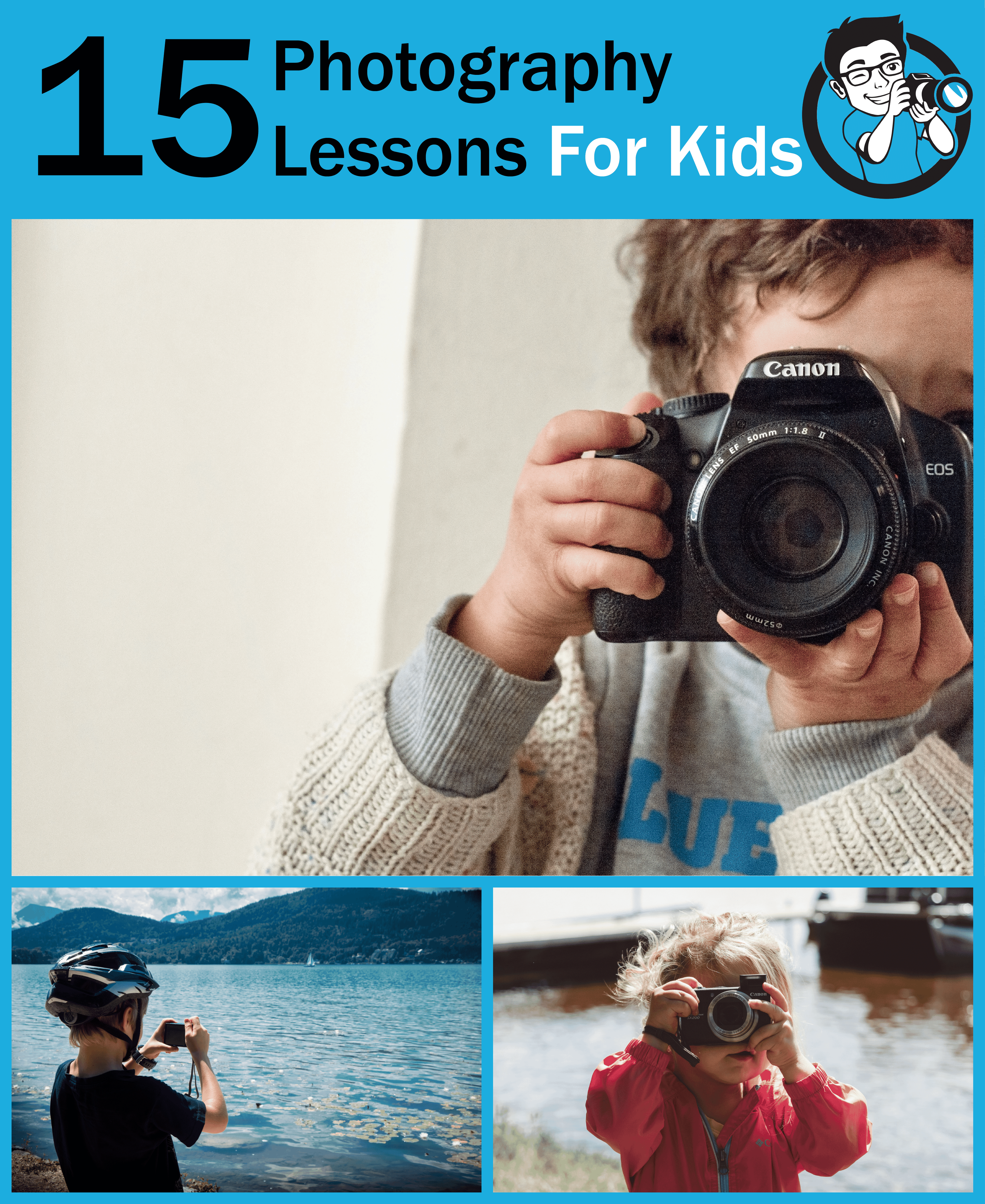
Easy & Fun Ways to Teach Kids Photography:
These are basic tips but will help your children find their way and ease gently into the subject.
If you have some photography knowledge, you will undoubtedly know these photography basics already. On the other hand, you may learn something new too!
The most important thing is that these tips give children a great insight into photography and how a camera works.
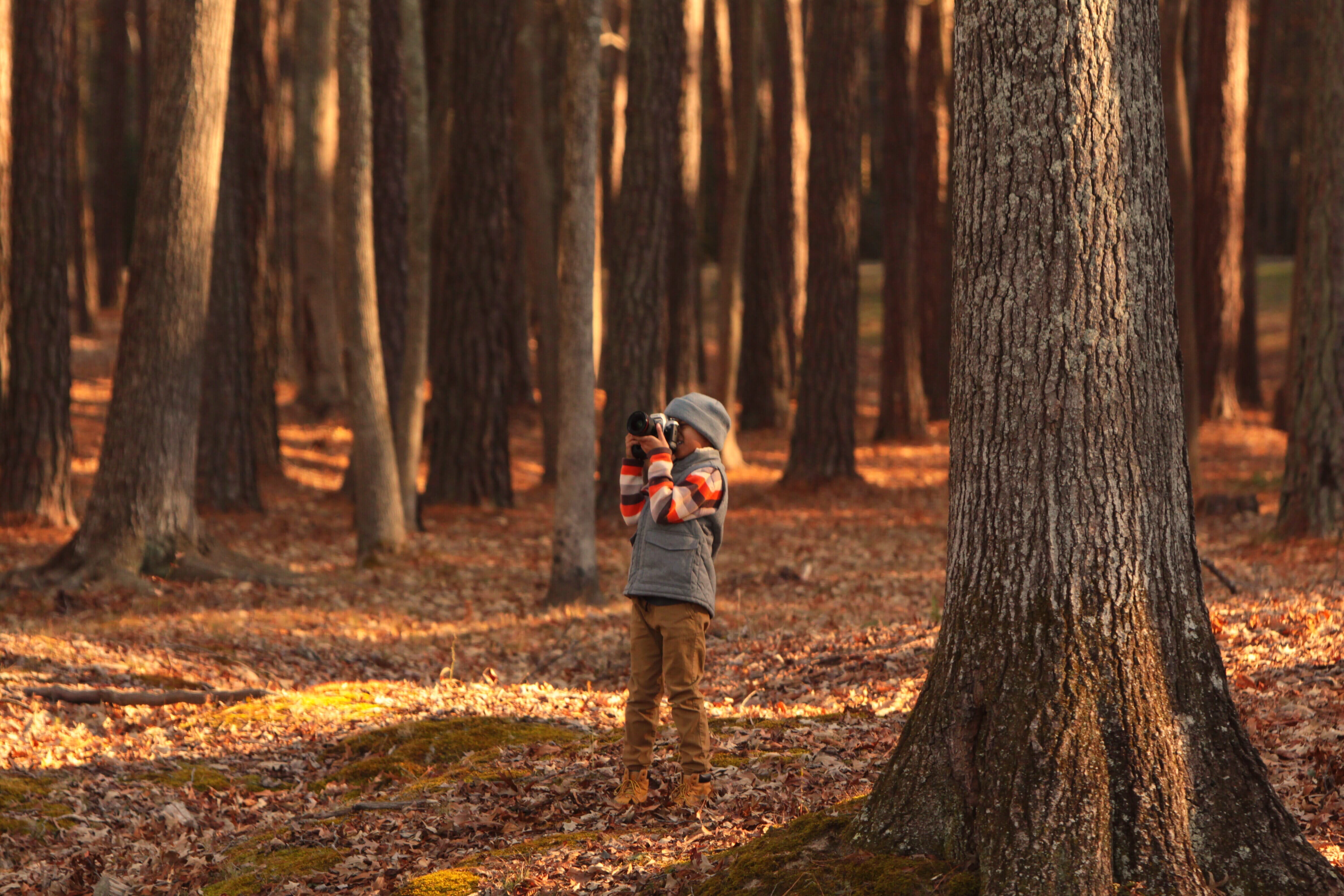
Before we start, please remember that learning should be fun. Watching your children explore how a camera works, and taking their first photos, should be a treasured memory. Don’t force them to learn. If they have a genuine interest in photography, then help it flourish. Let them learn at their own pace, and gently encourage them with these 15 photography lessons for kids.
The Fundamentals
Lesson 1: The Basics of Framing Using a DIY Viewfinder

Understanding what a camera takes photos of is often overlooked. This is why we have included it first in our list of photography lessons for kids. This is a basic principle of photography – what you see through the viewfinder, is what your camera will take a photo of – and only that.
Related Posts
Consider creating a simple cardboard camera cutout with a viewfinder cut into it. Your child looks through the cardboard viewfinder cutout and thus understands this basic principle. This cutout can also be used later to teach other rules and techniques.

Lesson 2: The Meanings of Basic Photography Terms Such as Depth, Focus, and Aperture
This lesson doesn’t have to be in-depth or overly complicated. However, a simple list of photography terms, like those of the exposure triangle, can really help your child understand more about the subject.
Consider using cue cards, or a small printed document for them to keep. This could contain different words such as focus, depth of field, aperture, exposure, and shutter speed. Try to keep the terminology simple, and always explain these terms using your camera and real examples.

Lesson 3: How to Handle a Camera
As far as photography lessons for kids go, holding the camera is a great place to start. A DSLR camera is tricky to hold. Even a basic point-and-shoot camera requires a certain grip. Let your children hold the camera. Show them the grips and the various buttons and wheels. In addition to this, let them look through the viewfinder.

Once they are comfortable with the camera layout, show them the best way to hold the camera. Then explain why this is the best way, i.e. to keep the camera stable and to easily access the buttons.
Refining Technique
Lesson 4: The Importance of a Point of Interest
We truly are starting with the basics in this list of photography lessons for kids. What should every photo have? A point of interest, or a central subject. When starting photography, children are pleased to snap away and as a result, their photos will lack basic compositional skills.
In most cases, they will simply snap what they see without any forethought.
This is why they should understand the importance of a point of interest in the frame. Explain to them how a photo should have a main point of interest that the viewer’s eyes are drawn towards. Furthermore, explain how a central subject can help create a story or give meaning to a photo.

Lesson 5: The Rule of Thirds
The rule of thirds is one of the simplest photography lessons. And by teaching your children this rule, they greatly improve the basic quality of their photos. The rule of thirds is difficult to verbally explain, so consider using visual aids.

Show them example photos where the rule has been correctly and incorrectly used. When they start to understand it, let them practice using the rule – give them objects to photograph and show them how to frame the object in the best way.
Related Posts
As with shooting straight horizons, also consider placing a grid overlay onto their camera. A grid can help children understand the rule of thirds, and capture their subjects in the correct framing.
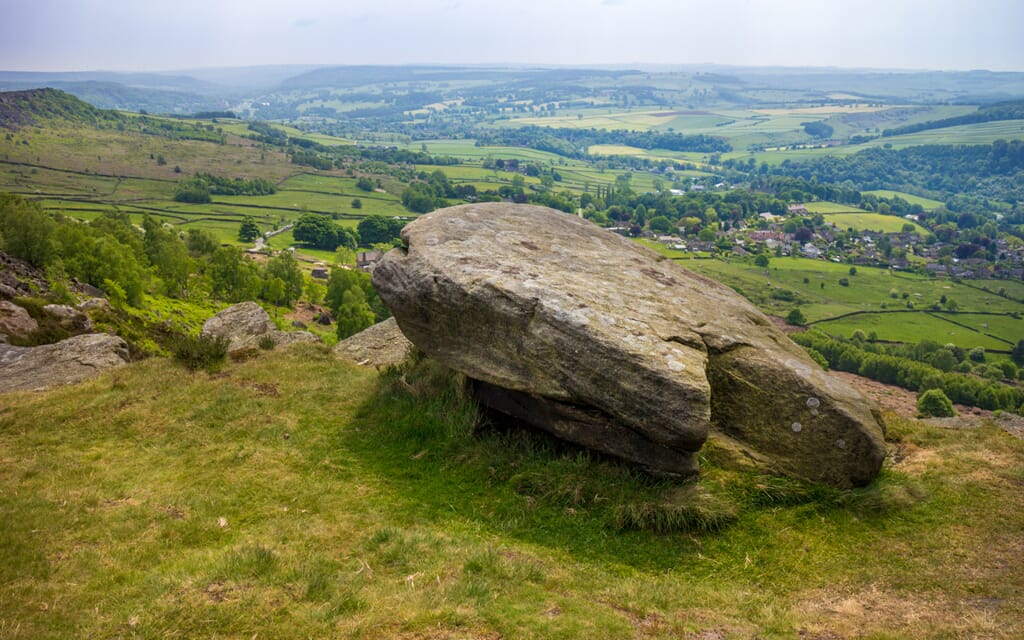
Lesson 6: Exploring Perspective Through Angles and Positions
Photography involves movement and experimentation. When a child first handles a camera, they will generally stand still, with arms outstretched, and photograph whatever is in front of them – from a static position. While this is ok to learn the basics, children need to understand the benefit of changing position, and using different angles.
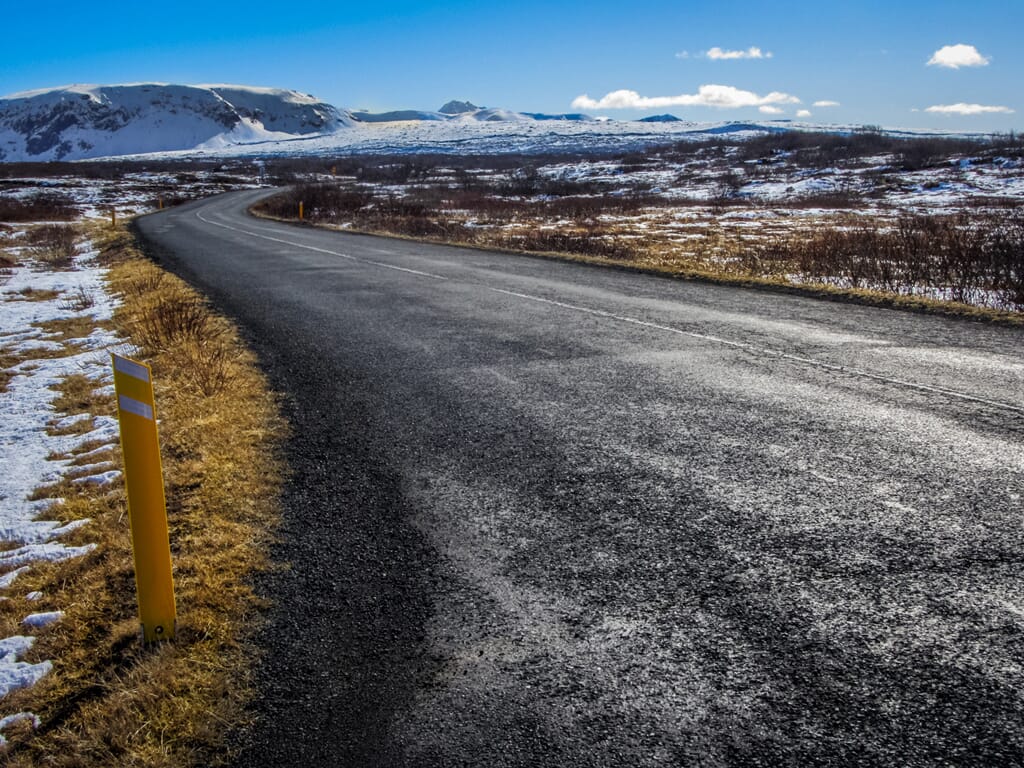
Show them how physically moving changes the composition of a photo. Teach them about the difference in height. Show them different angles, such as crouching down low, or climbing up high. Take a series of different photos with varying angles and positions and show them the different results.
Lesson 7: The Importance of a Straight Horizon
This is possibly the simplest tip in our photography lessons for kids. Using this tip, your children can improve the quality of their photos easily. When taking a landscape shot, (or any shot for that matter) the horizon must be straight. An uneven or angled horizon can cause a distraction and upset the whole balance of a photo.
Teach your children about horizons and straight lines. Show them both good and bad examples of landscape photography. Let them try and take shots with perfectly straight horizons. Furthermore, to help, use a grid overlay on their camera so that they can get used to taking straight photos.

Lesson 8: Composing with the Background in Mind
An important part of photography lessons for kids is to understand the significance of background objects. While the main subject is important, attention must be given to the background too. Children must understand how background objects can add or detract attention from the main subject.
The background setting can completely alter the flow of a composition. It can take away from the main subject or create the illusion of an uneven photo. Show your children examples of complementary background settings. Give them examples of how a bad background can ruin the composition of a photo.
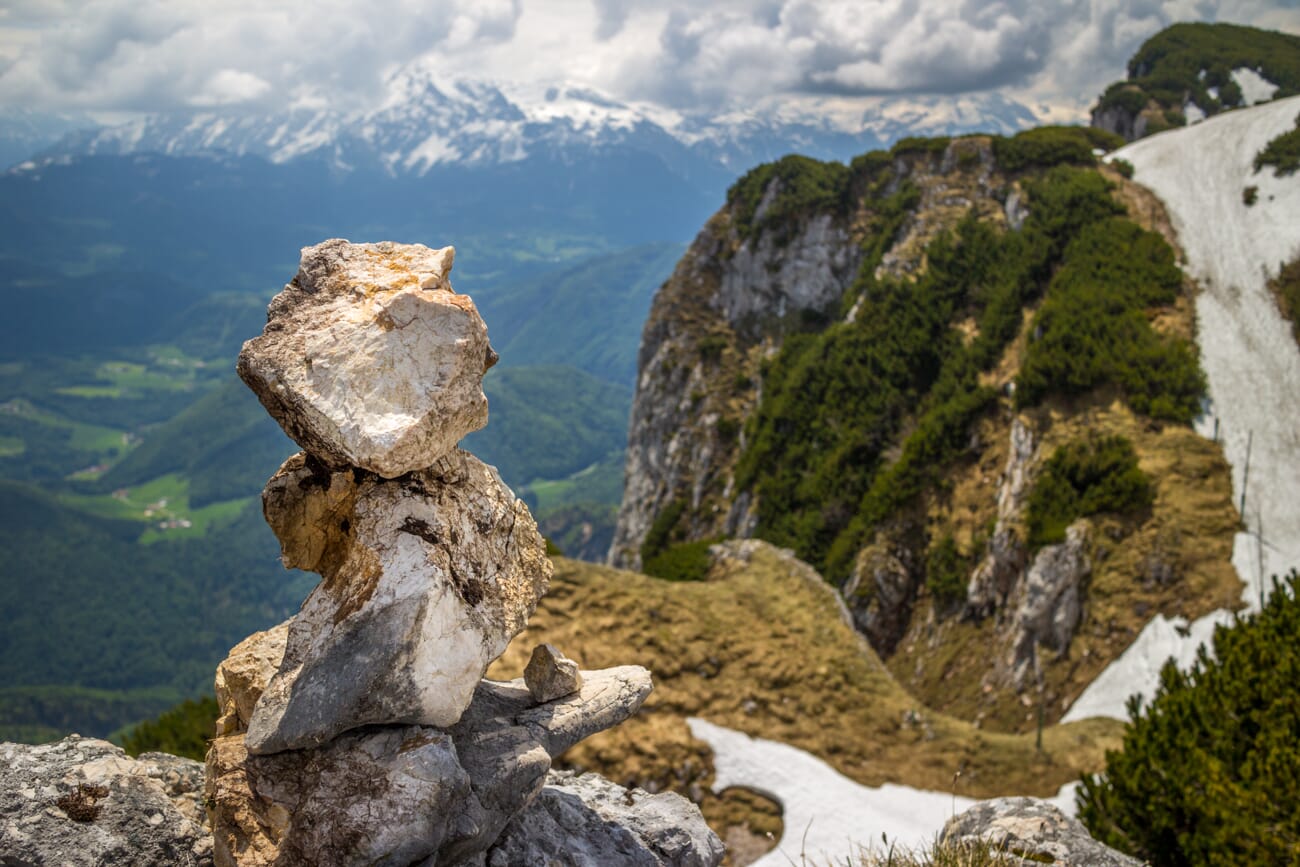
Creativity and Independence
Lesson 9: The Importance of Diversity
Children often become fixated on one particular subject. They may, for example, love taking macro photos of insects and flowers. While this isn’t a bad thing, you should encourage them to photograph a wide variety of subjects.
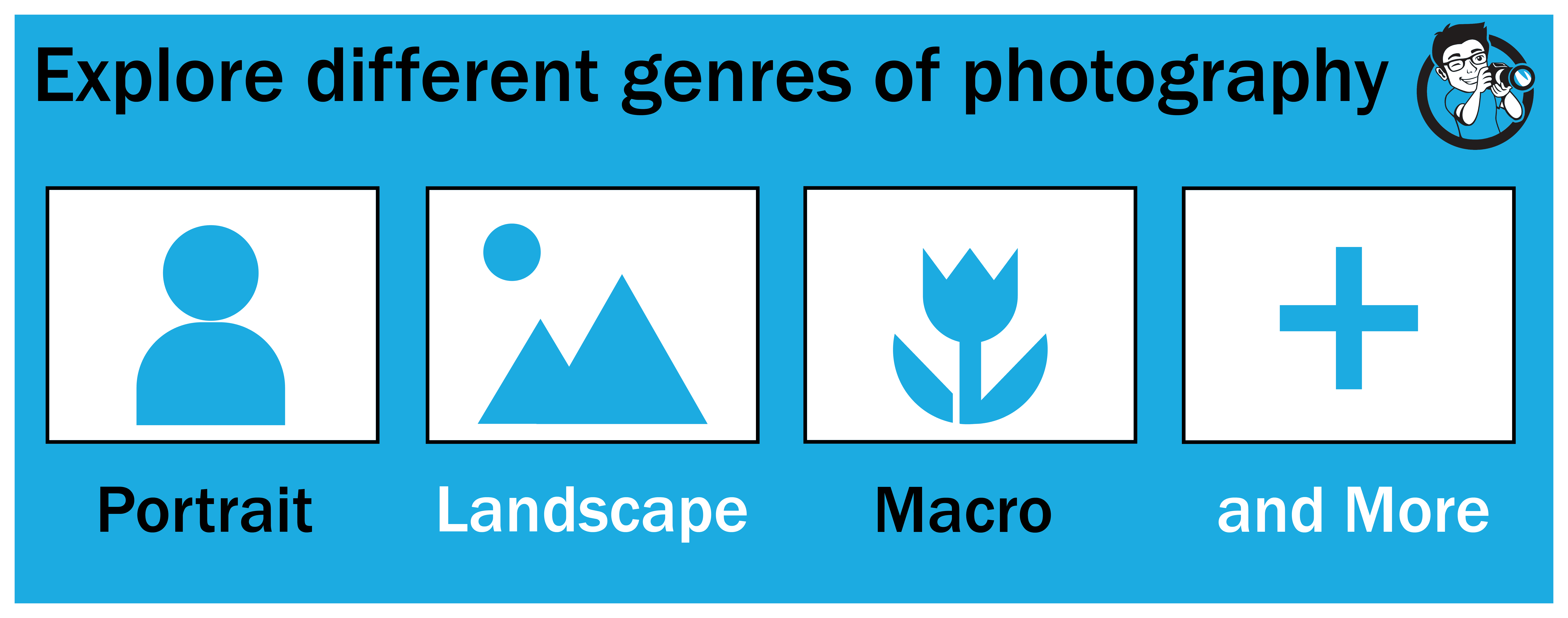
Strike a balance between allowing them to pursue their own interests, and also showing them different photo subjects so that they gain a wide range of skills. This could include portraits, landscape, macro, wide-angle, black and white, and long exposure, for example. The more they learn, the better their repertoire will be.
Lesson 10: Experimenting with Light and Shadows
Light and shadow play an integral role in photography. Without light and shadow, photos lack depth and detail. Moreover, the photos often look flat and lifeless. A strong source of light (i.e. natural sunlight), totally changes the composition of a photo. When used correctly, light creates added dimensions to photos. It creates fantastic shadows and contrast.
Show your children the importance of light. Maybe even show them the difference between a photo lacking in natural light and a photo that uses light perfectly. Explain to them how shadows work and the effect light has on colors and highlights.
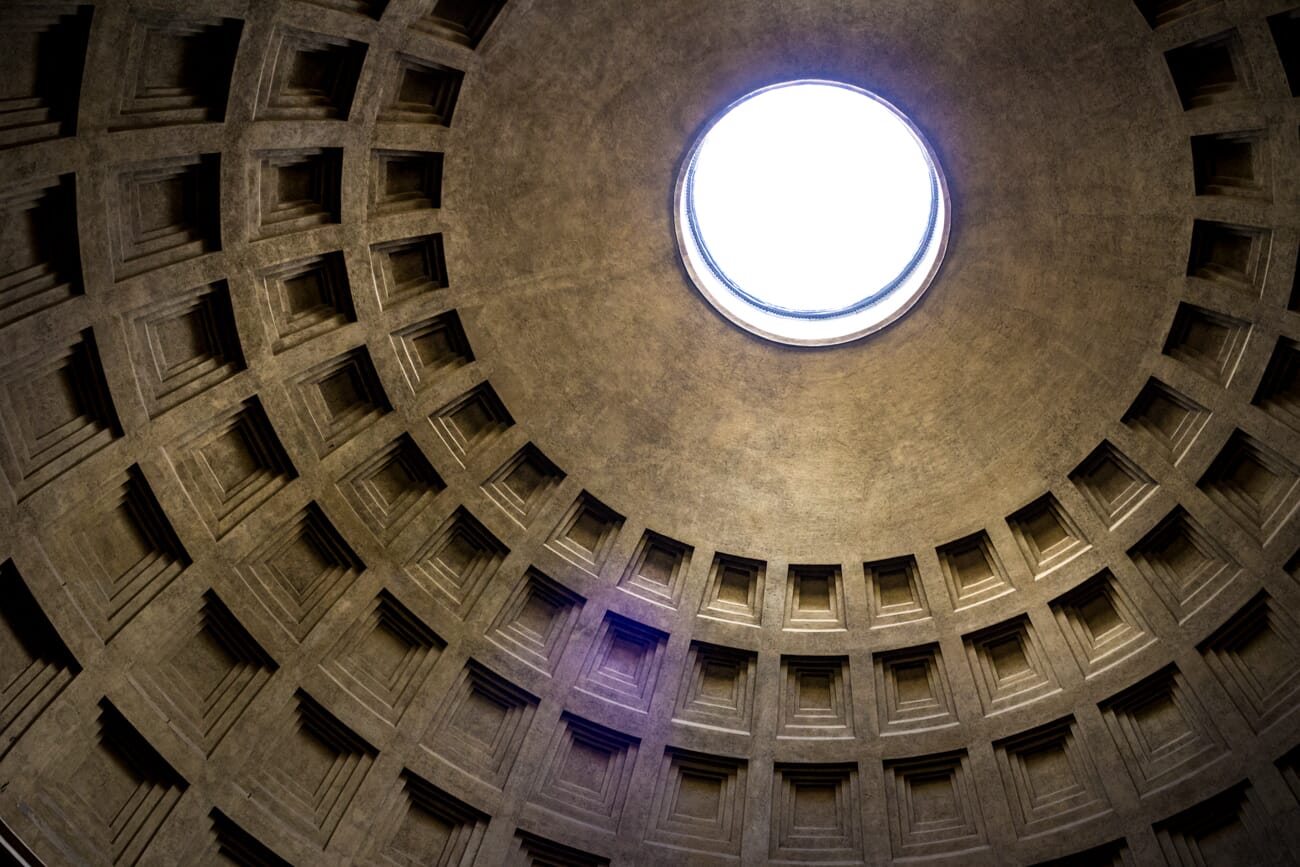
Lesson 11: The Good and the Bad of the Flash
In general, camera flashes are to be avoided. This might seem counter-intuitive, but using a flash should generally be kept to studio environments. Children often use a flash as they think that it allows them to take remarkable light photos in dark situations. This is indeed what a flash does, however on a standard camera, the effect isn’t great.
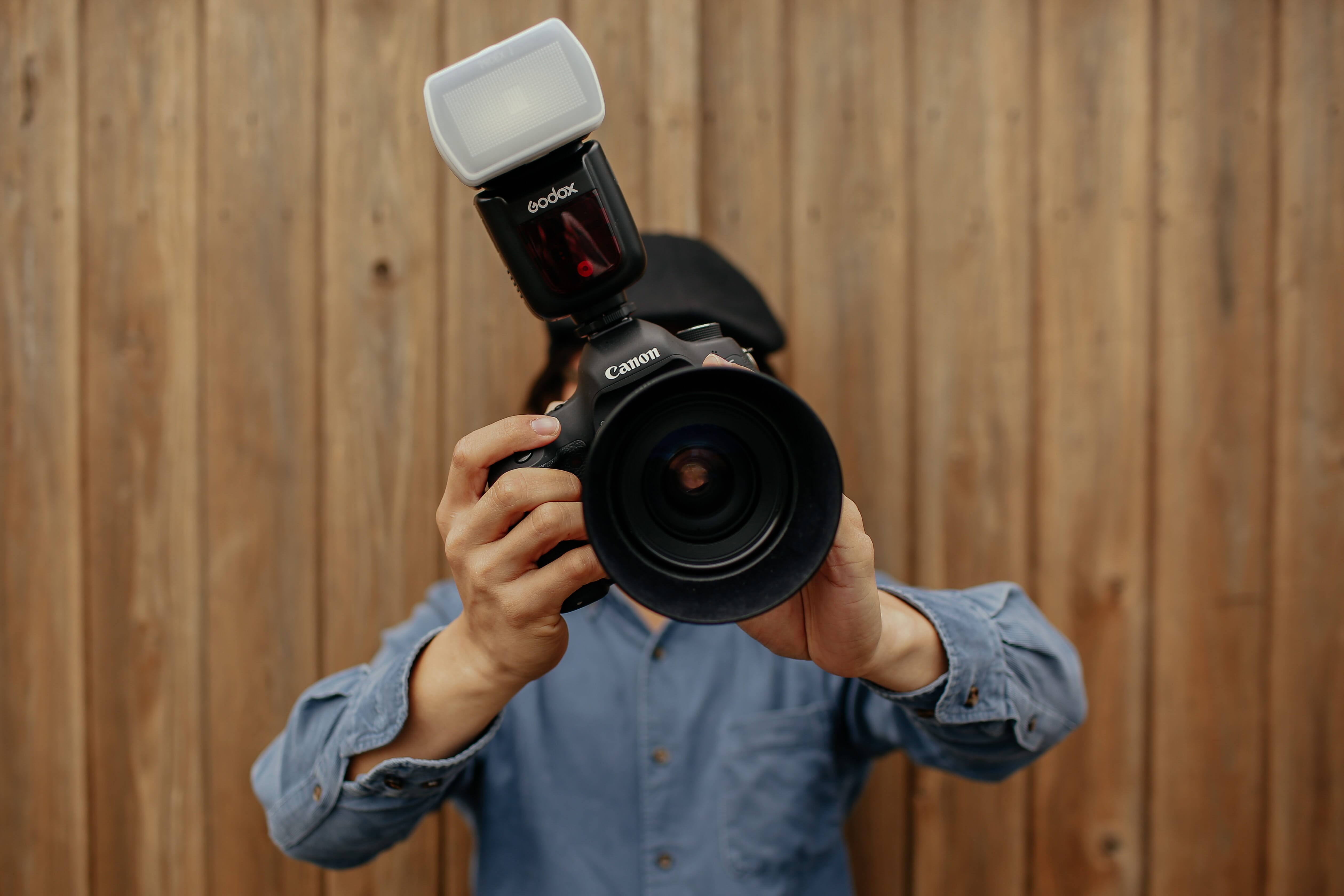
A standard camera flash is basic – it can’t be changed or toned down like a proper DSLR flash attachment. The result is a harsh flash that overly illuminates the subject. Explain to your children how this is not a desirable effect. Furthermore, show them how a flash is effectively used, i.e. to create soft and welcoming light, for example.
Lesson 12: Two Photos Are Better Than One
As one of our top photography lessons for kids, we look at quantity. Remember when cameras used film? We did not have the luxury of an SD memory card that holds thousands of photos. Quantity was limited. Once the film was used, that was it!
.jpg)
.jpg)
This is not the case today. To that end, ensure your children understand that it is OK to take multiple photos. You don’t need to tell your child to limit their number of shots. It is unlikely that a child will fill a whole memory card. If they do, it doesn’t matter!
Lesson 13: Take Pride in Your Kit and Care for It
A DSLR camera and accessories are expensive. And photographers often spend thousands on their kit. Due to this fact, it is important that your children take pride in their equipment. Try to instill in them a sense of ownership. If they are using your DSLR camera, they should understand its value and the cost to replace it if it was broken.
Let your children look after their equipment. Buy them a basic cleaning kit and encourage them to use it. Give them the responsibility and place the ownership with them. By doing this, they will develop greater respect and reverence. Furthermore, they will learn to maintain the camera – clean it and keep it in working order.
Related Post: Essential Photography Equipment for Beginners
Lesson 14: Exploration Is Key to Creativity
While structure and learning are important, you must also let your children find their own way. If they enjoy a particular type of photography, such as landscape, or macro – let them explore it. Children have their own likes and dislikes. They also have their own personalities, and these are key to helping them learn.

Try not to stifle their personality and suppress their own choices. Just because you love architectural photography, doesn’t mean that your child has to, for example.
If you dictate the process and tell them what to learn, the results can be lessened, and your child may find photography boring and a chore. Photography is a craft that requires creativity and imagination – you should help these qualities flourish in your children.
Lesson 15: Practice Makes Perfect
Remember this phrase! This is one of the most important photography lessons for kids. A child won’t learn how to use a camera instantly. The process takes time. Repetition is key. Furthermore, the more they use a camera, the more skilled they become.

If your child only uses your camera once a month, for example, the learning process takes longer. Therefore, it is important to strike a balance. Ensure they gain enough practice so that their skills develop at a reasonable pace.
Alternatively, don’t force them to practice photography too much. It’s also important to remember that kids quickly become bored. Practice makes perfect, but balance is also key.
Photography Lessons for Kids Summed Up

Helping your children learn can bring new meaning to your life. Watching them take photos and learn different aspects of photography is hugely rewarding. You gain a sense of pride and accomplishment.
While doing this, your children have fun, strengthen their bond with you, develop their own skills, and gain a new appreciation of the world through the lens of a camera.
We hope you have found these 15 photography lessons for kids useful. Please let us know if you have had success teaching your own children!
